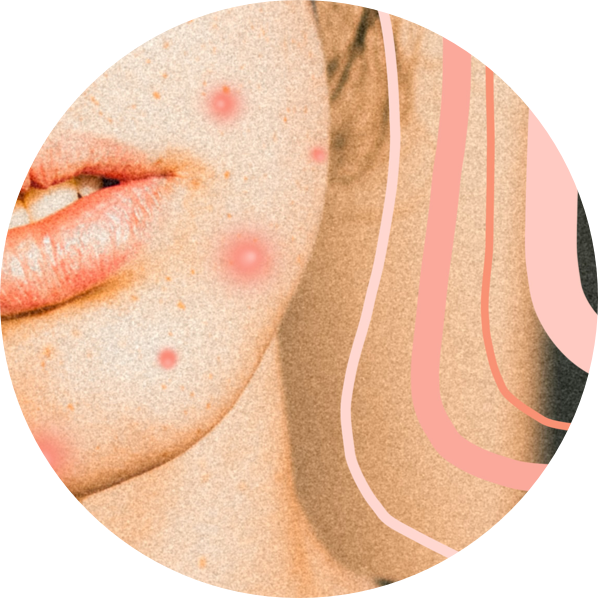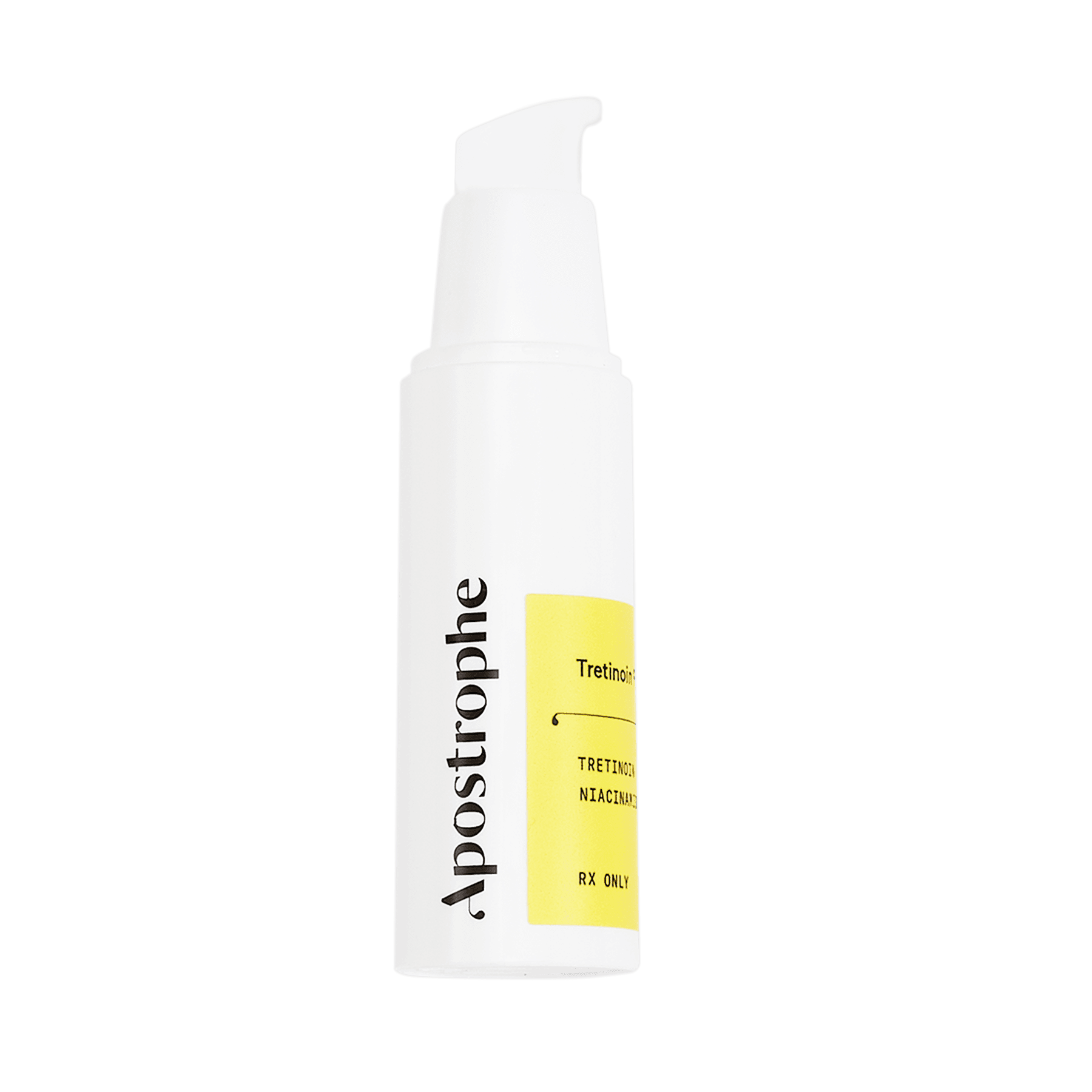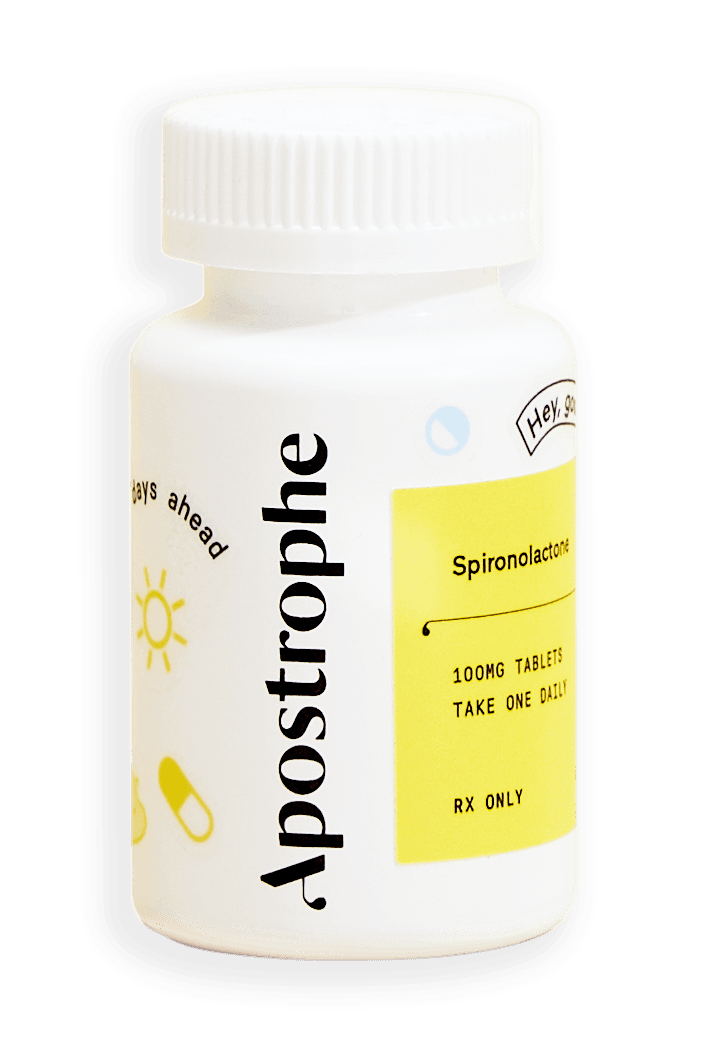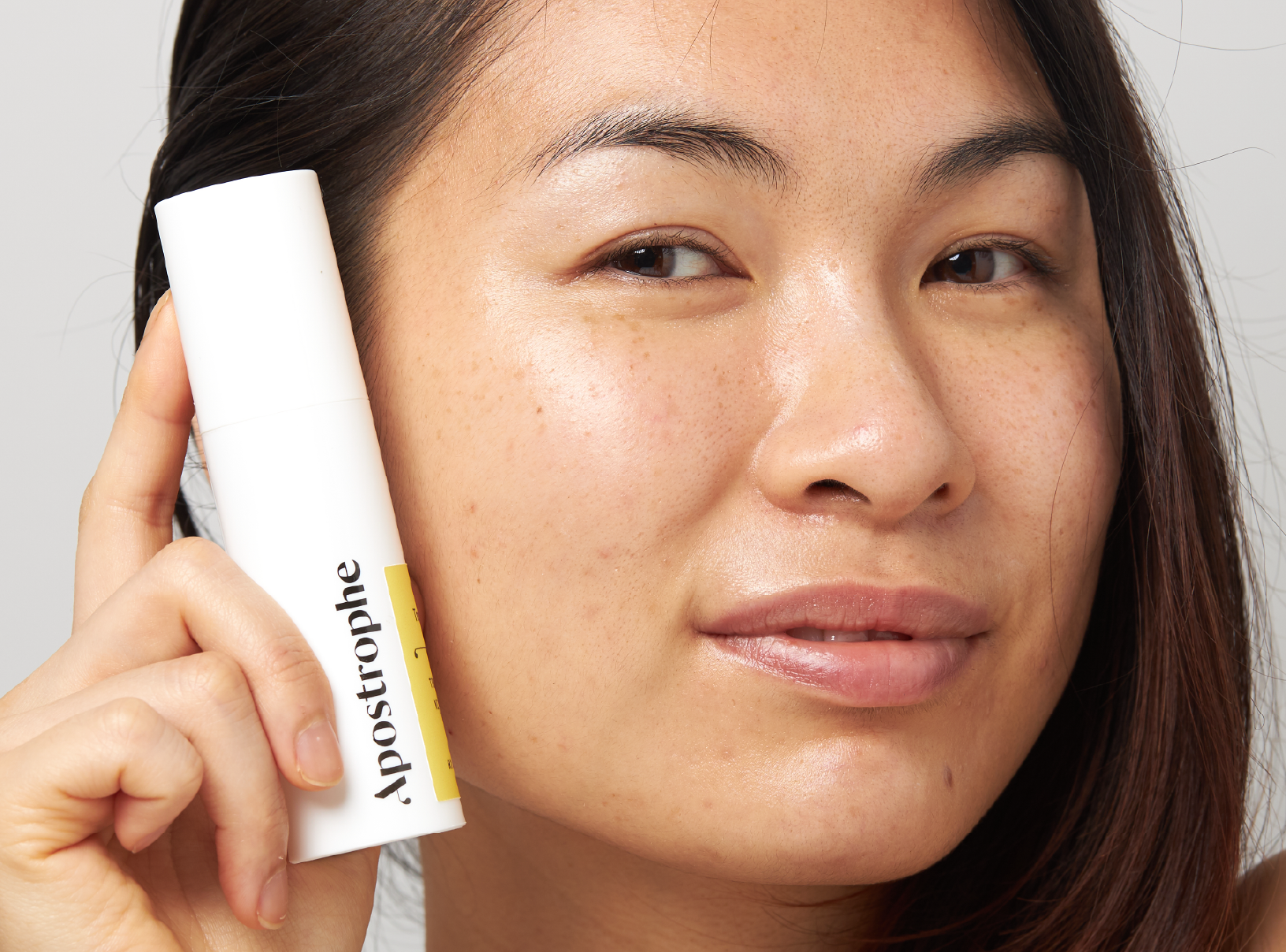Education
What is ‘Hormonal Acne’ and How Do You Treat It?


SHARE
Education
What is ‘Hormonal Acne’ and How Do You Treat It?
Medically reviewed by Aimee Paik, MD
Written by Lisa Guerrera
Last updated 11/1/2024
We’ve all been through the hormonal hurricane that is puberty. Puberty typically comes along with teenage angst, oilier skin, and breakouts. While breakouts are seen as a teenage problem, over 50% of women in their 20s and over 35% of women in their 30s experience breakouts! Hormones can play a major role in our skin health, while acne is most common during our teenage years, it can be triggered by different parts of your menstrual cycle, certain conditions like PCOS, pregnancy, and even menopause! We asked board-certified dermatologist Dr. Aimee Paik all about what hormonal acne is, what causes it, and how you can treat it!
What is hormonal acne?
First off, we need to talk about what acne is caused by. There are thought to be four main factors that cause acne:
Overproduction of sebum (the oily stuff that comes out of your pores)
“Clogged pores” caused by excess skin cells blocking the top of your pores
Bacteria like Cutibacterium acnes
Inflammation
While hormonal factors play a role in all types of acne, “hormonal acne” is a common term used by dermatologists to refer to a specific type of acne that affects adult women, often at certain times of their cycle.
What does hormonal acne look like?
There is a lot of overlap with “non-hormonal acne,” since hormones play a role in all types of acne. But hormonal acne typically refers to acne that crops up on the lower half of the face along the jawline and chin, and can be cystic (aka painful under-the-skin acne). Breakouts can predictably line up with your menstrual cycle, which can be infuriating as you yo-yo from clearer skin to breakouts every month.
What's the underlying cause of hormonal breakouts?
Typical “hormonal acne” is not often a sign of any serious hormonal imbalance– it’s fairly common. A class of hormones called “androgens” (like testosterone) stimulates sebum production in your pores, which can lead to acne. They also cause your skin cells to not shed properly, which can lead to clogged pores. This combination of increased sebum and blocked pores create the perfect environment for Cutibacterium acnes (the bacteria that causes acne) to grow. This can trigger inflammatory responses that ultimately end up forming a pimple.
However, some women with jawline breakouts may actually have PCOS. This condition is associated with irregular periods, ovarian cysts, weight gain, male pattern hair growth on the face and body, and/or hair thinning on the head. If you’re worried about PCOS, you should see an endocrinologist for a proper diagnosis!
How can you treat hormonal acne?
Good news, conventional acne treatments are effective, and important, for women with hormonal acne. Ingredients like topical retinoids, benzoyl peroxide, azelaic acid, and antibiotics are some of the tools at your disposal when combating hormonal breakouts!
While those actives can work well, sometimes extra help is needed to complement your other treatments. Medications like birth control pills that combine estrogen and progesterone work to lower the effect of androgens. Spironolactone (an Apostrophe favorite) is another important medication that decreases testosterone levels and helps stop hormonal breakouts at the source of the issue.
Shop this post

Finacea (azelaic acid)

Oral Spironolactone
Like what you just read? Sign up for our email list to get the scoop on skincare science delivered straight to your inbox.

Deep Dives
A dermatologist shares his thoughts on the recent studies about benzoyl peroxide and benzene.
Read More
Education
What is milia?
What is milia? Today, we’re jumping into one type of bump that you may have heard about most commonly in infants — milia.
Read More
Education
Best moisturizer for acne-prone skin
If you have combination acne-prone skin, figuring out which moisturizer is best for your skin might be tough. In this guide, we break down the best moisturizer for combination, acne-prone skin.
Read More
